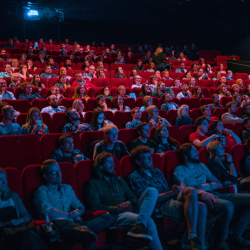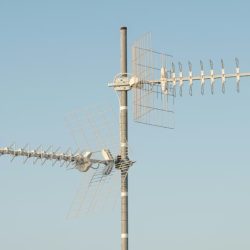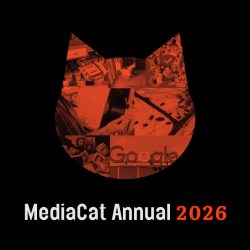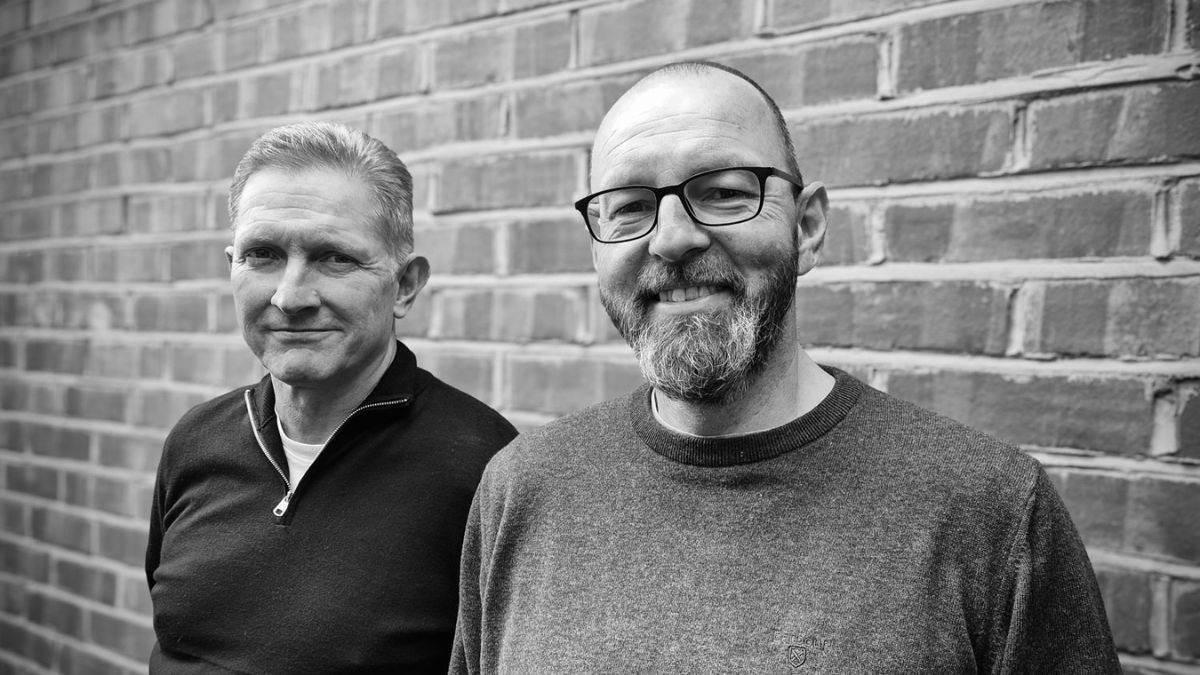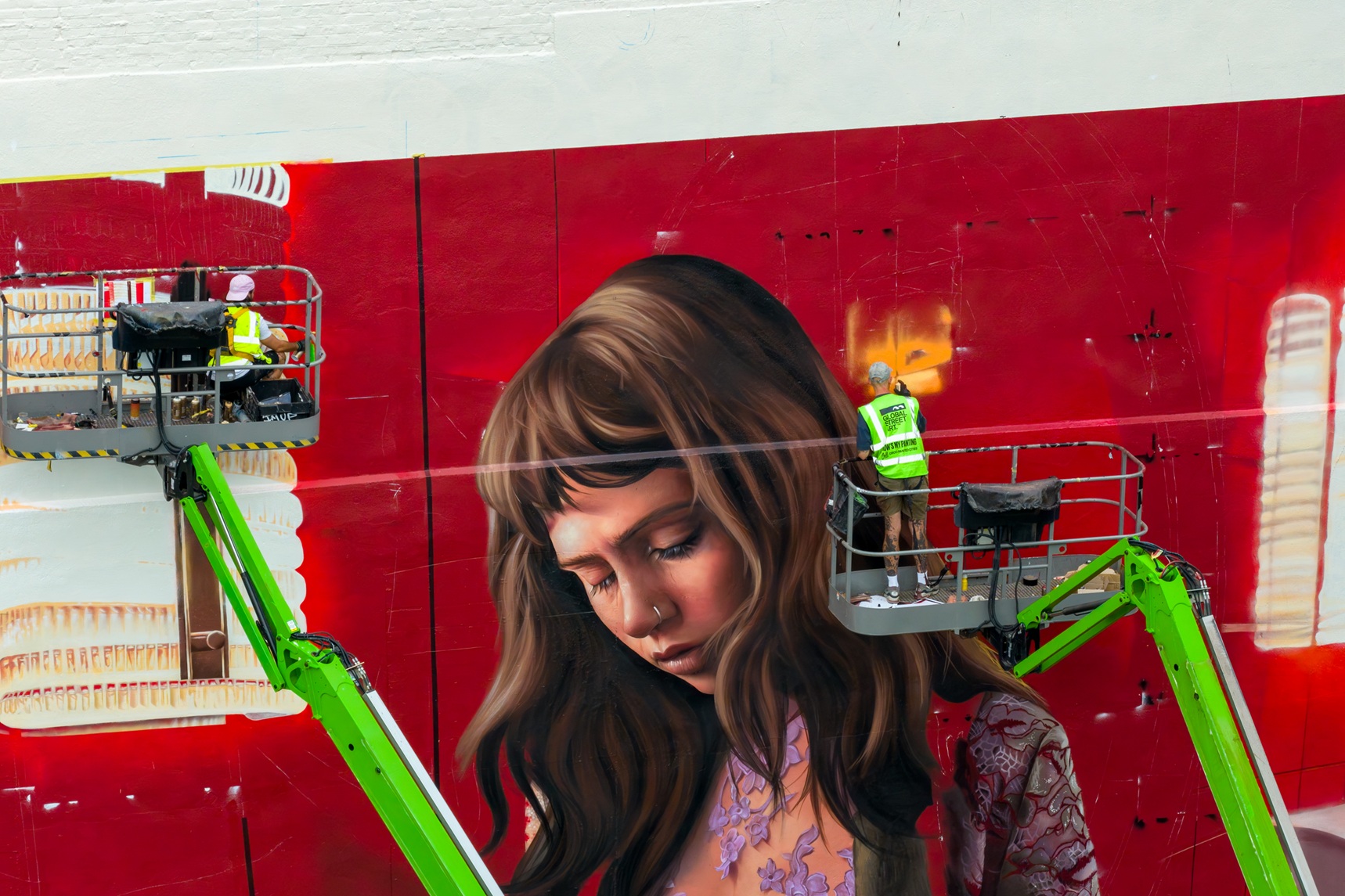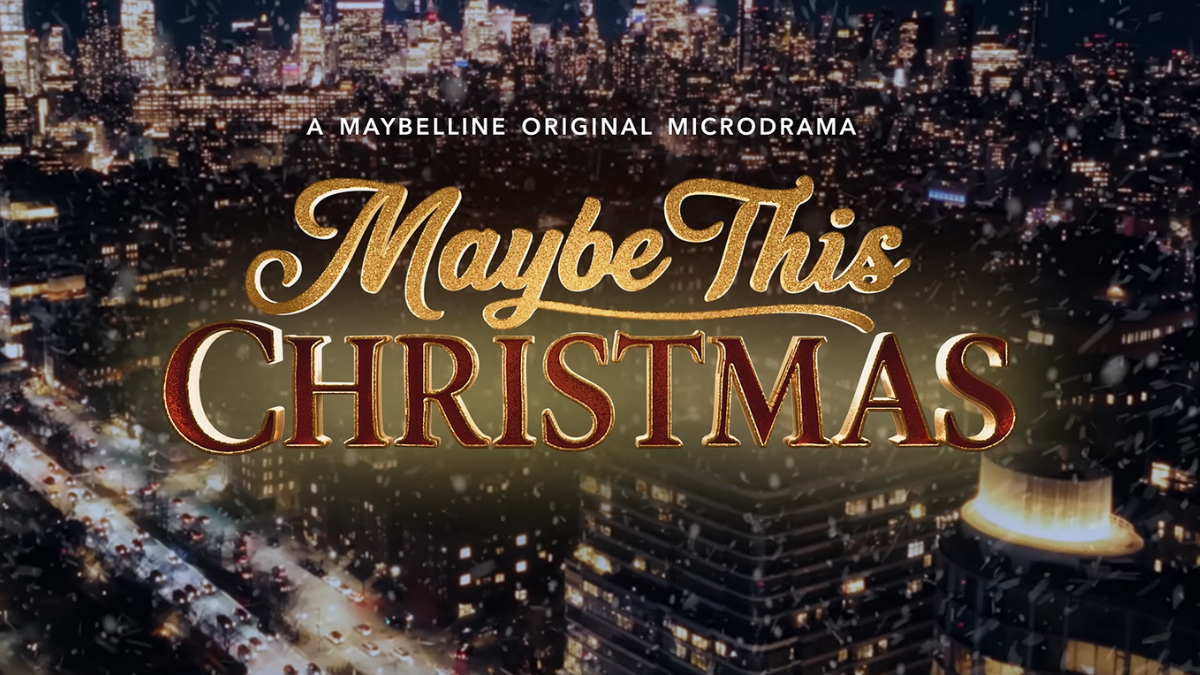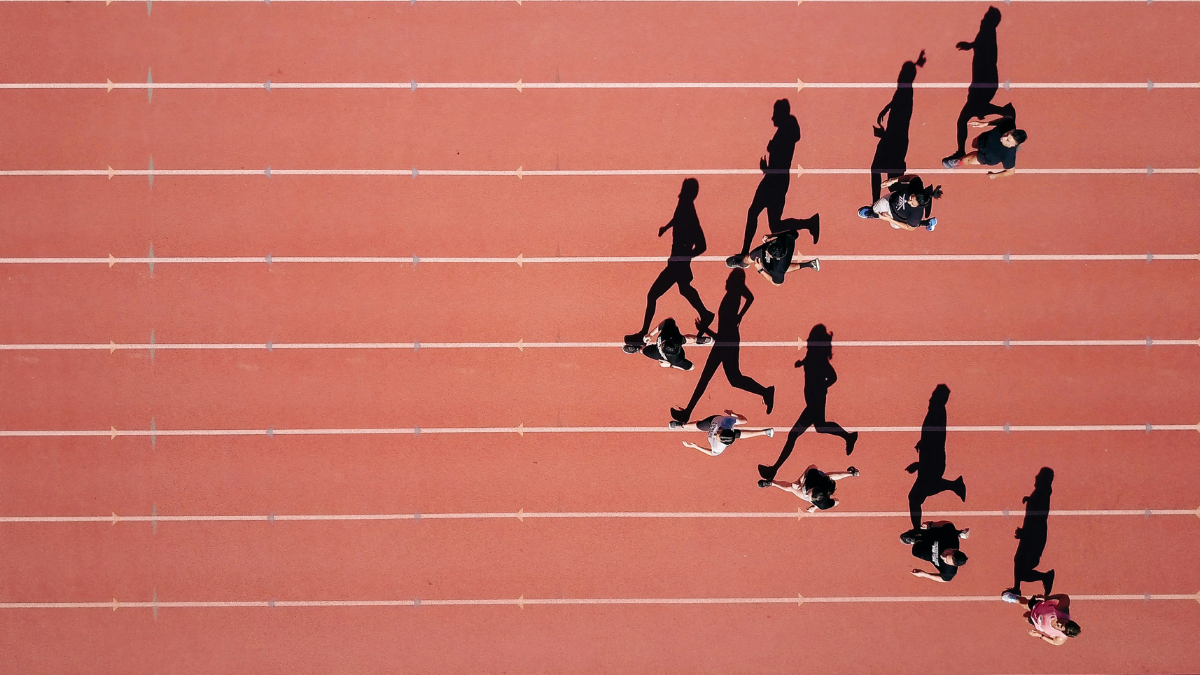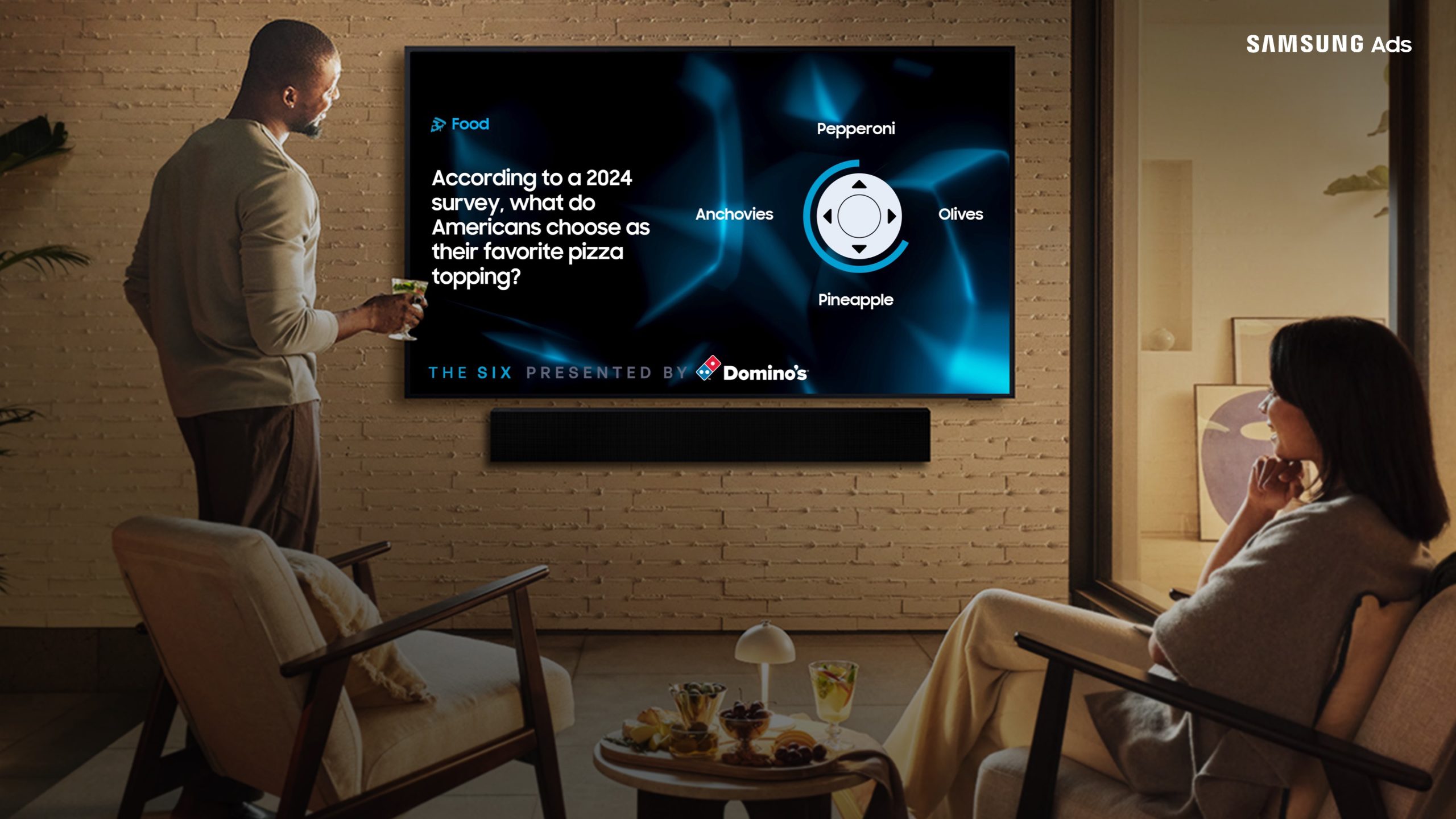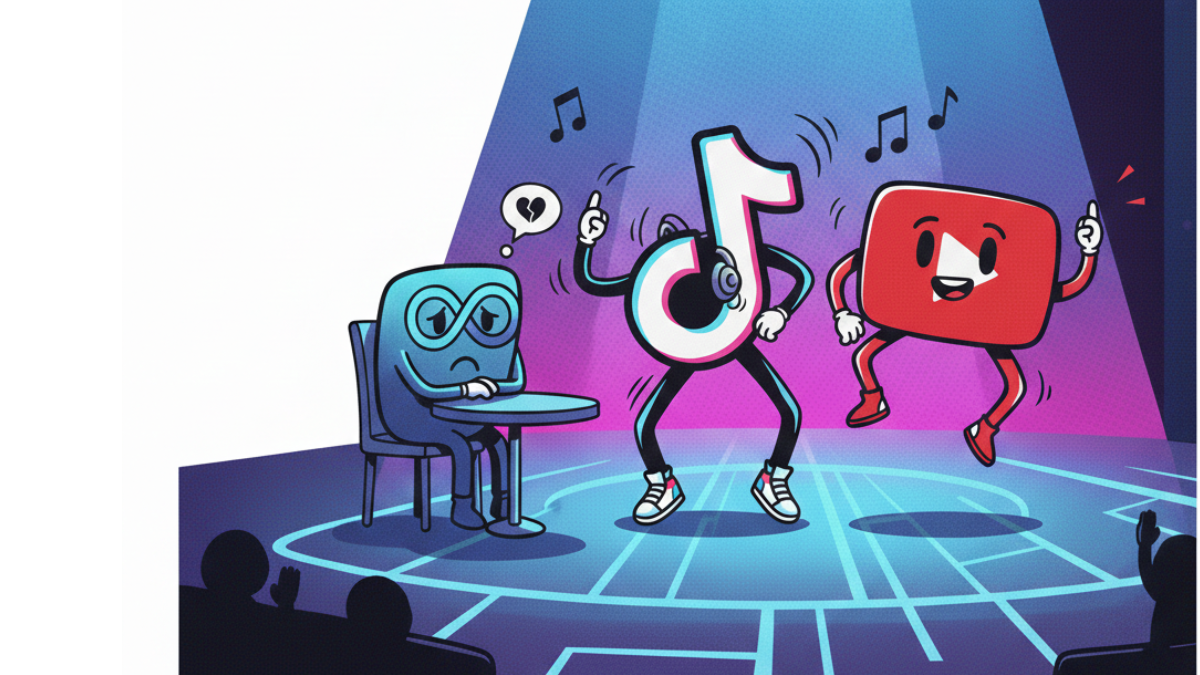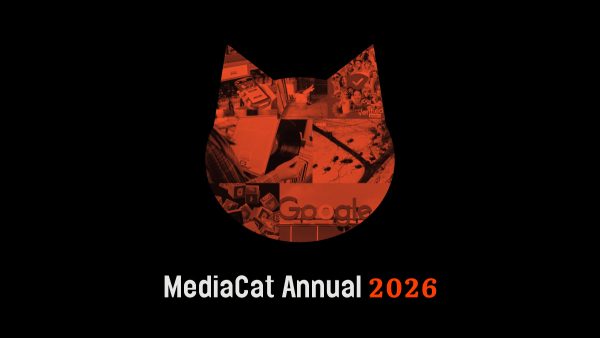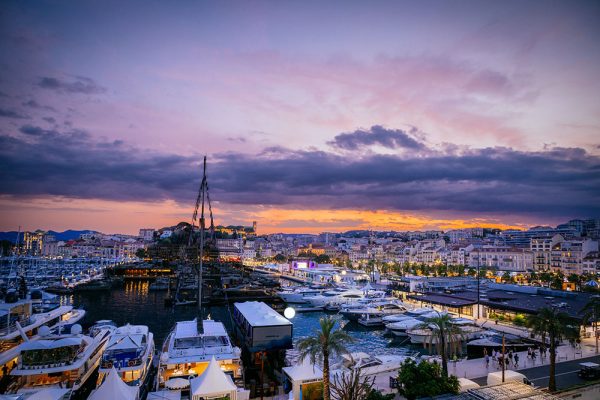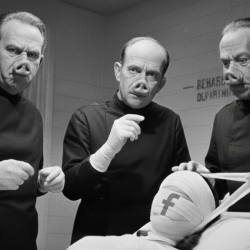The Alliance of Independent Agencies (AIA) and the Land of Independents launched the Alliance of Media Independents (AMI) on 15 January. Chair of What’s Possible Group, Martin Woolley, and AMS Media Group’s CEO, Paul Phelps, will run the AMI as chair and vice-chair, respectively.
Multiple agencies have already joined the AMI, including AMS Media Group, Bountiful Cow, Crossmedia, December19, JAA Media, Pashn, Republic of Media, The Specialist Works, The7stars and Total Media UK.
Woolley tells MediaCat about the inspiration behind the AMI, how it will benefit the media industry, and what he hopes for its future.
What inspired the formation of the Alliance of Media Independents and what are its objectives?
At the start of Covid, no one had a clue what was going on. We didn’t know if this was the end of our businesses or what the future was going to hold. I happened to come across a Bain & Company article that was a guide to what you need to know and what’s likely to happen. I found it really useful and I thought, ‘I’m just going to share this with a bunch of people I know.’ And that proved to be the spark for a lot of agency people of all types to get together — not just media, but creative, digital, CRM, you name it.
What we found was that people were really open, and it was a generous, honest, sharing environment. People were just grateful to have someone to talk to. We also found that the media agencies had a particular set of things in common which weren’t necessarily the same as some of the other agencies. So we ended up forming a little bit of a side group, which we then branded; we did a media stunt called, the Land of Independents, which really struck home. The news there was: look at these agencies who compete with each other actually collaborating for the good of the industry.
A lot of the big independent media agencies in the UK have been part of what has been, to be honest, quite a loose group. We get together now and then and share information, but there’s no structure to it. So actually getting together with the Alliance of Independent Agencies was brilliant because they said, ‘we can find sponsors, partners, and create events. We’ve got this whole suite of services that we give to agencies, and we’d really like to do something dedicated to media agencies.’
What are the benefits of joining the AMI? How will this alliance facilitate connections between suppliers, media owners and agencies?
The AIA have been going for quite a while and they’ve got loads of really good member services. They’ve got a really good training programme, a staff survey, a whole event programme, special interest groups and their membership is across all agencies. What we want to do for media agencies over the top of that now is create a community.
We already have this open forum, sharing information with each other. We definitely want to maintain all of that and bring that to partners and sponsors. We’ve got between £0.8 and £0.9 billion of media being placed, according to Nielsen — and Nielsen tends to underestimate so it’s probably a bit more than that. This already makes us a top-three buying point, when you bring us together.
Our first aim is to get to over a billion and I think we could get up to £1.25 billion, which would make us the second biggest buying point in the country after WPP’s GroupM. And if you’re a big media owner, a big tech platform, or any other kind of supplier to media agencies — and this can include credit insurers, recruitment, training and all of those other things as well — for all of those people, the independent sector is a bit of a challenge. Although collectively we’re large, it’s hard work to get around all independent agencies. And from the indie agency point of view, it puts us at a bit of a disadvantage versus GroupM or Omnicom or whoever, where there’s already a central place you can go to access all of the spend coming through their agencies.
That’s what we know is going to be successful. And we know that already because, even previously when we had the loose collective, that was still attractive to media owners. Big media owners like Sky, ITV, and Meta had already engaged with us, plus the AIA were also getting a lot of those people coming to them as well. They want to be able to address the market in one go.
The Land of Independents claims that indie agencies are growing five times faster than the rest of the market. What is driving this growth?
What’s absolutely undeniable is that there is a real momentum behind indie agencies at the moment — and it’s all client driven.
The big agency networks are built for the big multinational clients. If you have to build your agency in the right shape and with the right structure to be able to attract HSBC, McDonalds, United Airlines or whoever it is that you need to be servicing, and if you’re one of those companies, then a big global network makes absolute sense.
But if you are a small, medium or even quite a large domestic advertiser, the networks are not built for you. Certainly in the small to medium category — I’m talking about anything from half a million media spend to £20 or £30 million media spend — what clients are finding is that indies are a really compelling choice now.
We’re starting to see indie agency shortlists and that never really happened before. There are really impressive brands that are appointing indie agencies now too — it was just announced that the Royal Horticultural Society has appointed The Specialist Works. The People’s Postcode Lottery has also appointed The7stars, and that’s a massive account.
We’re starting to see indie agencies being not only a viable choice, but actually the preferred choice for clients who want the best people, the best service, and the best outcomes for their businesses because they haven’t got to compete with Coke and McDonald’s and HSBC for the attention of that agency.
The other thing is retention because clients are forming close relationships with agencies. It’s really not unusual for clients to go through years and years of working with the same indie agencies, sometimes through several pitch cycles, because people need to review regularly. We’re stealing clients and share off the networks. And that doesn’t look like it’s slowing down. So, one of the other things we want to do is just celebrate that.
How is AI impacting indie agencies right now? Does it make scale more or less important?
Everyone’s trying to get their head around this at the moment. I, along with anybody else, would not have all the answers. But certainly, it’s relatively democratic — anyone can access it and the cost of entry is minimal.
Again, this kind of chimes in a little bit with why the indies are doing well against the PLCs because this is still very much a people-led industry. Now, people can be more productive with good tools; that’s always been true. And if we can free people up from lower-level work and allow them to have more time with clients, that’s where the real value comes from.
Another reason clients are falling out of love with their networks is a trust factor. The networks are big and they’re supposed to operate at a big scale. A lot of it is automated and you’ve got a lot of money lost in programmatic solutions that are there more for the agencies than they are for the clients. I think clients are getting wise to that now.
For the PLCs, if you’re already pushing money into very profitable programmatic solutions then adding AI into the mix is certainly not going to make it any better. All it does is mean that you’re more efficiently planning away from what you should be planning into. I have sympathy for those guys because the market is tough and they can’t afford to have bad quarters reporting to the markets. That’s tough for them. But indies don’t have to do any of that. We’re unconstrained. We can do the right thing, which means we can think medium and long term, and there isn’t pressure on us to make planning decisions that suit the agency or to make money from clients in ways we don’t believe in.
There’s this disconnect between what marketers know they should be doing and what brands actually end up spending money on. And indies are in the perfect place to be able to take brands on that journey. You need to be able to invest in brand, rather than just spending money on performance the whole time.
Finally, what is your vision for the future of the AMI?
I haven’t honestly thought much beyond getting us set up now, but myself and Paul Phelps both would like for this to be something that has a legacy. Everything I’ve told you so far in this interview, I absolutely believe to be true. I think the indie agency community is a force for good. I think it’s good for clients and I think it’s good for our people. Another thing that unites us is we want to be really good employers and stand for something positive. We’re good for the industry because we drive growth. If, through the AMI, we can create something that fosters that and allows independent media agencies to achieve their true potential in the market, that would be an amazing legacy for Paul and me.
Featured image: AMI vice chair Paul Phelps and chair Martin Woolley
